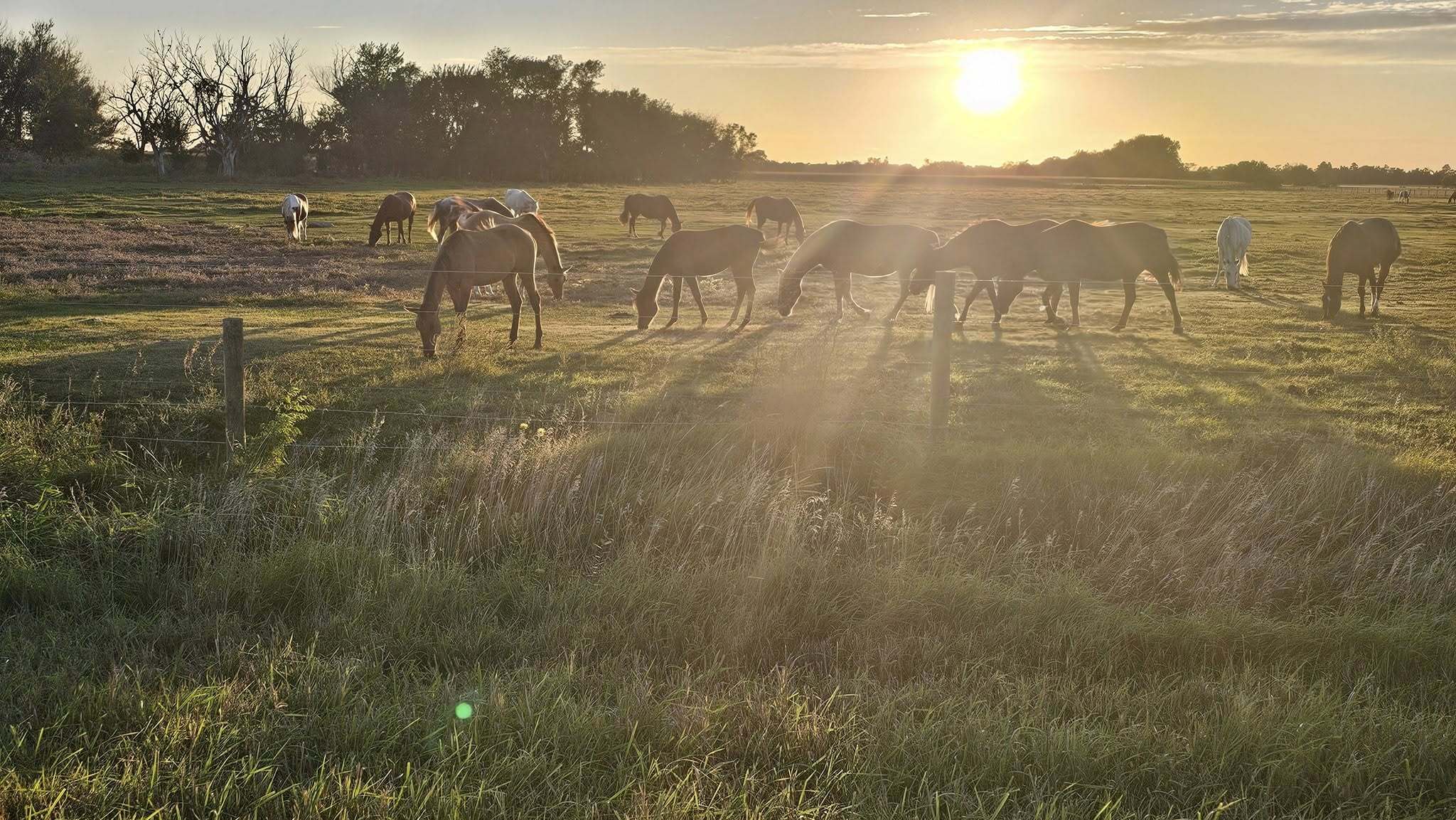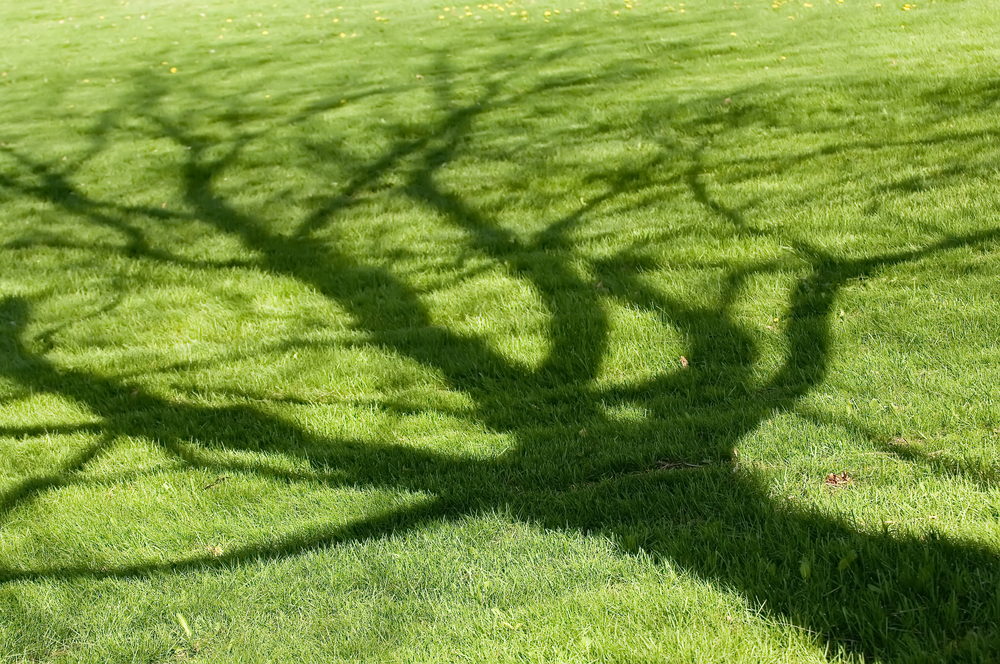Deacon John Colby was the sort of man who believed faith and hard work went hand in hand, and that a good rifle was a gift from God. In the early 1800s, when the forests around Concord, New York still whispered with wolves and deer trails cut through every clearing, the Deacon preached on Sundays and hunted the rest of the week.
The stories of his hunts were told and retold until they found their way into print, tucked between the pages of The History of the Original Town of Concord — proof that some legends really do survive on paper.
One crisp autumn morning around 1824, a young man named John Houvee, who worked for a neighbor named Wilson, came running through the fields claiming he had chased a wolf up a tree. A wolf would have been notable enough, but what they found glaring down from the branches was something far more impressive: a two-year-old black bear, large, irritated, and very much alive.
It took three solid shots from the Deacon’s rifle to persuade “his bearship,” as historian Erasmus Briggs later described him, to leave the tree. By evening, the meat had been shared among neighbors — a welcome gift in any season. But it was the Deacon’s cooking that left the lasting impression. Briggs couldn’t resist adding a touch of local commentary:
“A portion of the meat was given to the neighbors. It was sweet and acceptable, but what was smoked in the Deacon’s log house stone chimney was delicious.”
It’s a line that never fails to make me smile. Even in the 1880s, the author found room to throw a little shade — politely reminding posterity that while the neighbors’ bear roasts were acceptable, Deacon Colby’s smoked bear was superior.
But the bear was only the beginning.
A few years later, the Deacon set out across Nichols’ Flats with his trusty rifle and a mind to bring home a deer. He spotted a fine buck not half a mile from the crossroads, took careful aim, and fired. The deer dropped. Certain of his shot, he strode forward, knife in hand, ready to finish the job.
Except the deer wasn’t finished.
With a sudden kick and snort, the buck sprang up, all hooves and antlers and fury. Before the Deacon could react, he found himself in the middle of a fight he hadn’t planned on — a full-blown struggle of man against nature, piety against panic.
When it was over, the deer lay still, the Deacon victorious, and the field scattered with what remained of his clothing and his dignity. As Briggs recorded,
“The deer rose and put in a remonstrance with hoofs and horns, and tore every vestige of clothing from the Deacon before he could cut the deer’s throat. After that encounter he always reloaded his rifle before approaching a fallen deer.”
The lesson stuck, and apparently, so did the story.
These are the kinds of tales that turn ancestors from ink on a page into people you can almost see — determined, flawed, resourceful, and occasionally ridiculous.
Reverend John Colby, (1771-1851) my sixth-great-grandfather, lived his faith out loud, but I like to think he laughed about that deer story for years. His sermons may have filled the church, but his hunting tales filled the county — and, thankfully, a few made it into history.
That’s what I love most about digging into old county histories and church records, and even the stories whispered down through families. They don’t just give us facts; they give us texture. They show us humor and pride, habits and quirks — the things that make an ancestor real. Each discovery like this reminds me why I research in the first place: to find the people behind the names, to meet them as they were, and to let their stories remind us that our histories were once very human lives.
Source:
Erasmus Briggs, History of the Original Town of Concord, Erie County, N.Y.: From Its First Settlement in 1807 to 1883 (Rochester, NY: Advertiser Company, 1883), pp. 827, 841–842, 844.
Photo by Ruby Khoesial on Unsplash

.jpg)

